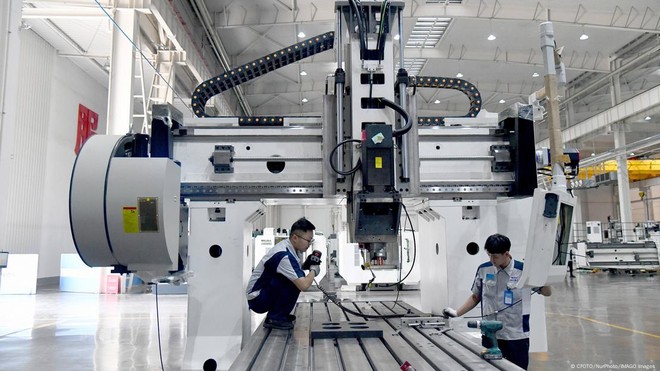 |
Previously dependent on German engineering, Chinese companies now have alternatives |
Unprecedented challenge
Germany’s industrial base is facing an unprecedented challenge. Once a leader in high-end manufacturing, Germany has seen its industrial output decline for five years, threatening 5.5 million jobs and 20% of its gross domestic product (GDP), according to a recent report by the London-based Center for European Reform (CER).
The Russia-Ukraine conflict has forced Germany to reduce its dependence on Russian oil and gas, causing energy prices to spike and severely damaging industries such as chemicals and steel. In addition, supply chain disruptions in the wake of the pandemic have reduced demand for German exports.
Another key factor is China's rapid shift from low-value manufacturing to high-tech and innovation industries, driven by its Made in China 2025 strategy to achieve global leadership in advanced manufacturing and technology.
Beijing’s industrial policy since 2000 has focused on core sectors such as automobiles, clean technology and mechanical engineering. “China has caught up in some advanced industries… they are very strong in these areas… and that is contributing to Germany’s poor growth performance,” said Holger Görg, head of the International Trade and Investment research group at the German Institute for the World Economy (IfW-Kiel).
 |
China has taken the lead in electric vehicle innovation. |
China’s speed in catching up with Germany is perhaps most evident in the auto industry. German automakers have been criticized for a lack of innovation, a slow transition to electric vehicles (EVs) and failing to anticipate fierce competition from Chinese brands like SAIC Motor and BYD. That has led to the threat of tens of thousands of layoffs and factory closures.
Solutions to overcome "obstacles"
However, there is less awareness of China’s growing threat in other economic sectors. For example, Chinese chemical giants have dramatically increased production in recent years, particularly of polyethylene and polypropylene, leading to a global oversupply that has squeezed margins for German manufacturers like BASF.
Even in the European Union, an important market for Germany, China increased its share of chemical exports to 60% in the decade to 2023, while Germany's share fell by more than 14%, according to data from the Handelsblatt research institute.
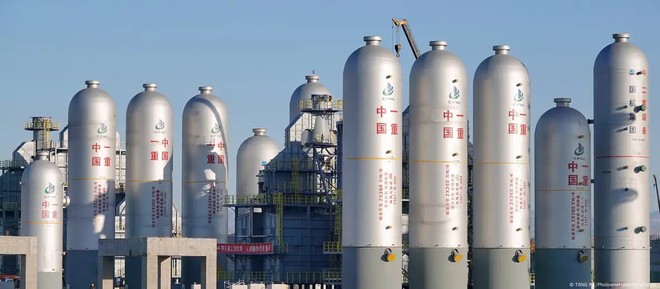 |
Germany's key export industries are facing stiff competition from Chinese rivals. |
Germany’s mechanical engineering industry, renowned for its precision and quality, is also facing stiff competition from Chinese rivals. While Germany’s share of industrial machinery exports fell slightly to 15.2% between 2013 and 2023, China’s share more than halved (from 14.3% to 22.1%).
Claudia Barkowsky, China director general of the German Engineering Federation (VDMA), told German business newspaper Handelsblatt last week that German engineering companies would increasingly struggle to compete as their Chinese rivals offered significantly lower prices, “sometimes 50 percent or even cheaper.”
Their price advantage is partly due to government subsidies. A 2022 report by the International Monetary Fund (IMF) found that Beijing's subsidies largely target the chemical, machinery, automotive and metals industries.
As Berlin finds itself at a historical crossroads, economists warn that Germany must adapt its trade, industrial and financial policies to new economic realities or risk losing its position as a global manufacturing leader.
“Economically, trying to regain dominance in these areas is not the best way to save money. It is important to focus on areas where Germany is still strong – pharmaceuticals, biotechnology and knowledge creation,” says researcher Holger Gör.
“Germany is very good at creating knowledge – through research and development (R&D), patents, etc. – and then selling this knowledge. This is an area where Germany is still a leader and we should continue to develop it,” said Mr. Görg.


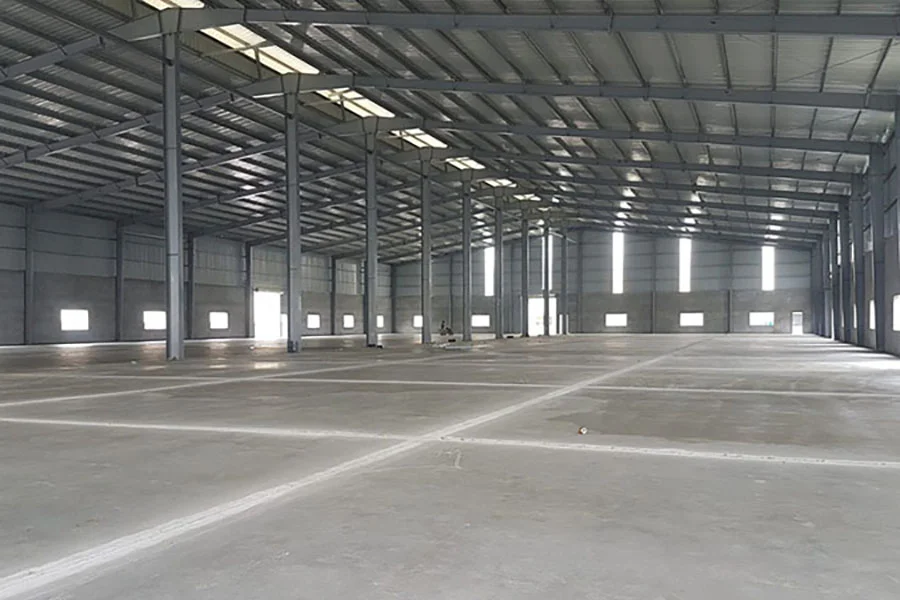





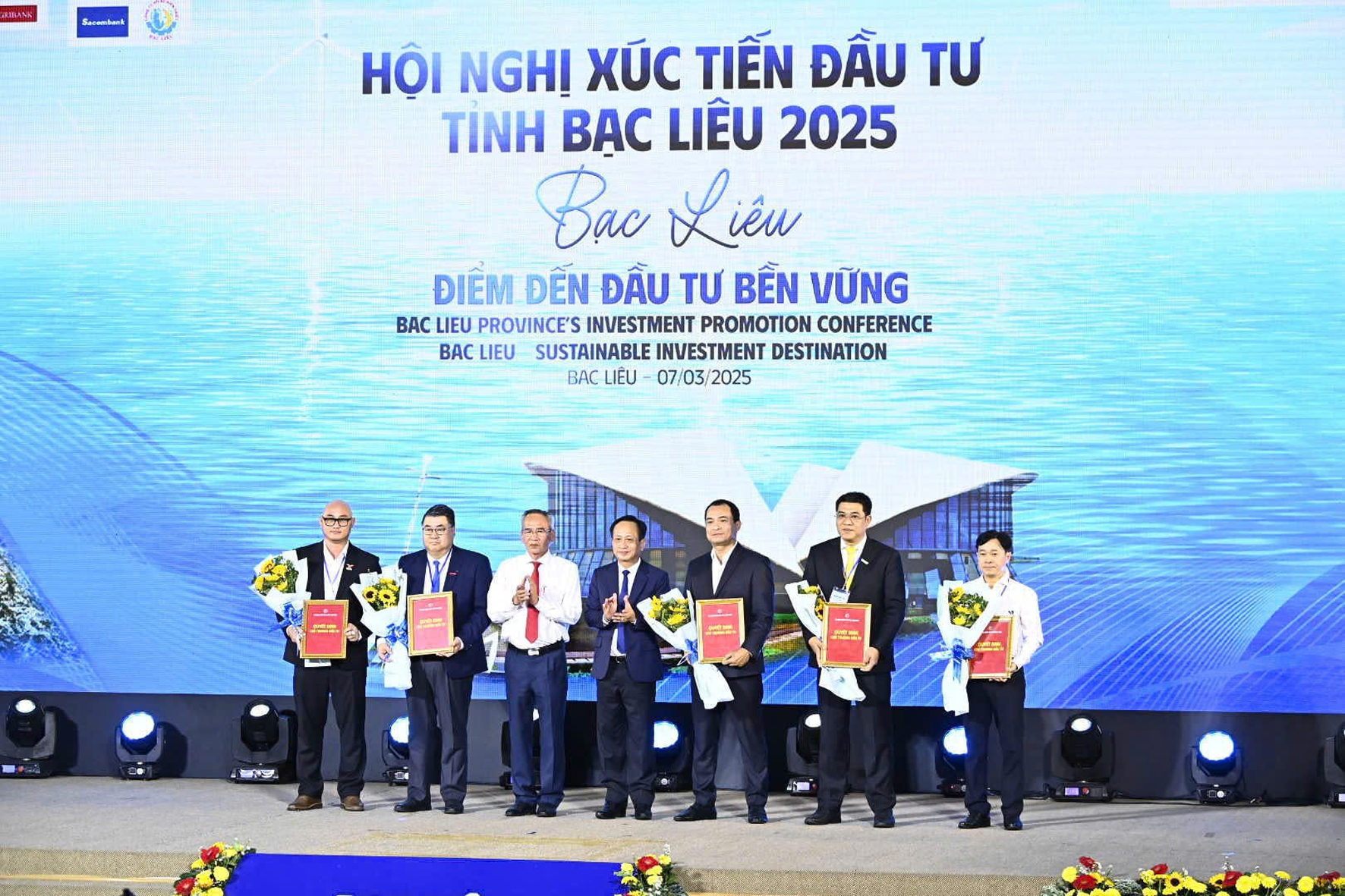
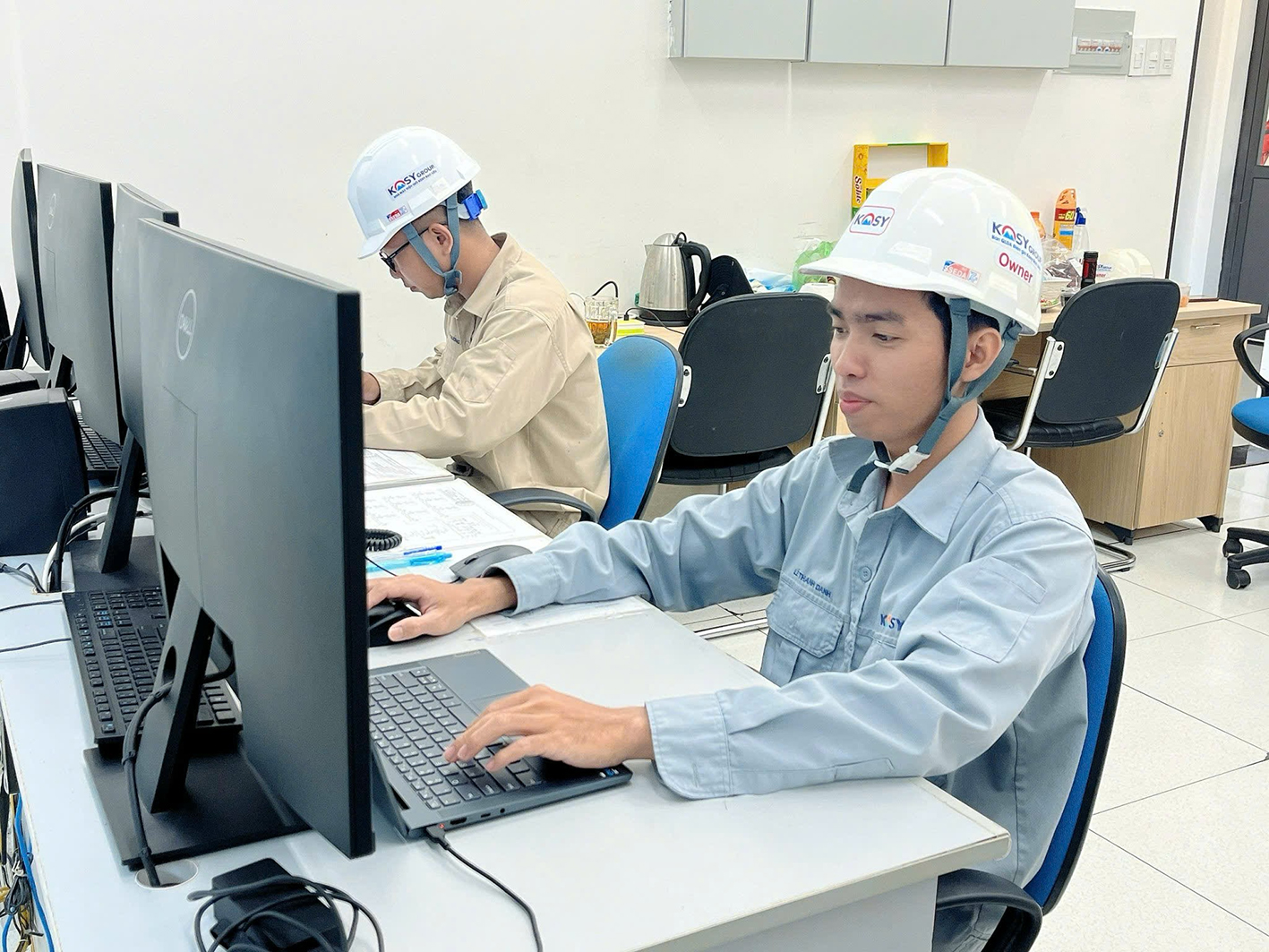

















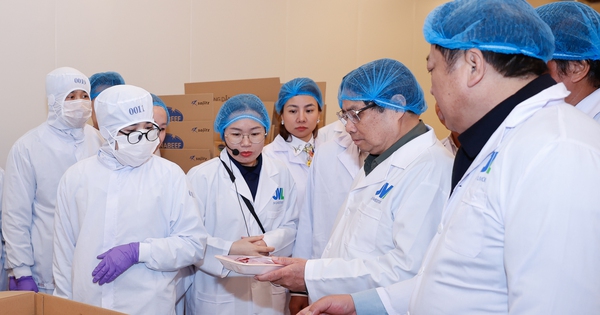

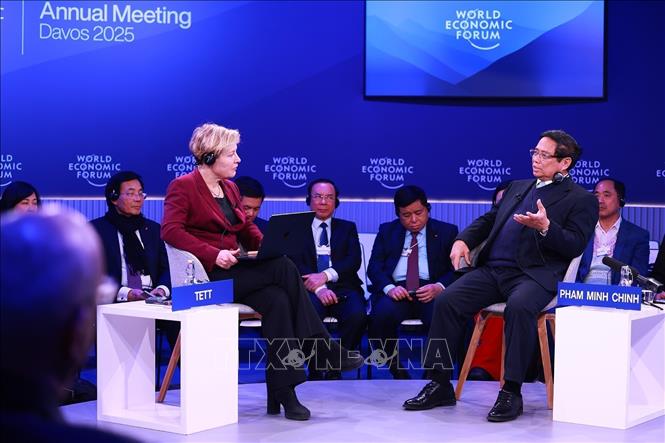

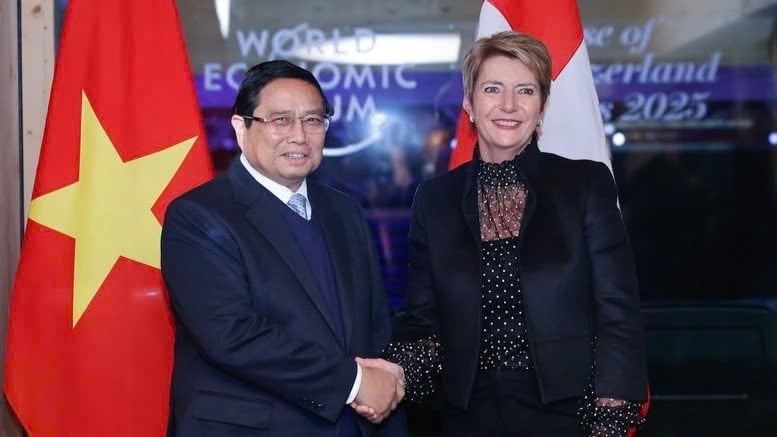
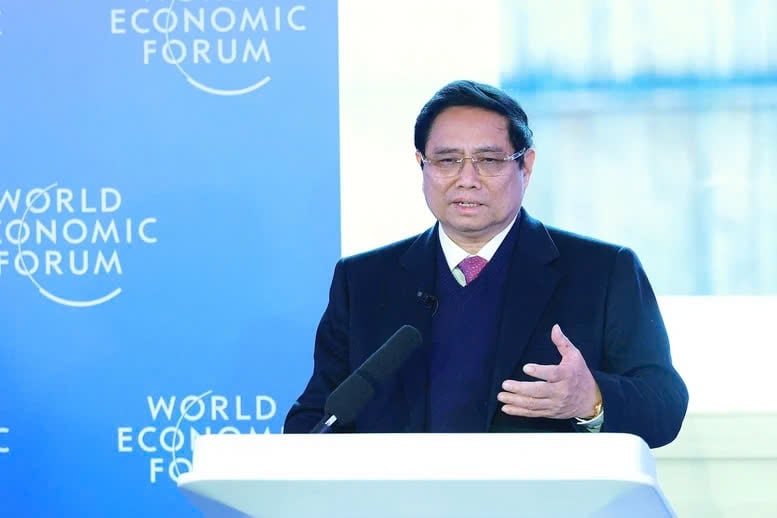






Comment (0)